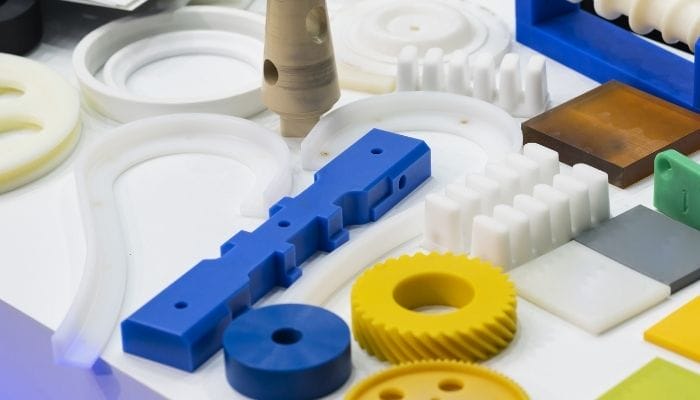Plastics, like many other goods, go through a production process known as finishing. This is the process that consumed goods go through to give them a certain look or feel that corresponds with whatever task they will be responsible for once they are out of production. Understanding the different plastic finishing processes explained will help clarify some of those burning questions.
Degating
When plastics are injected into their metal molds, there is usually an excess of plastic resin that exits the mold. This excess is known as gating, and the process of degating removes the plastics from their molds. The excess gating will keep all the plastics chained together. When this excess plastic is removed, it’s known as degating.
Deflashing
This part of the finishing process isn’t as straightforward as degating. When deflashing happens, all the excess plastic resins that might have flaked or piled up on the molding are carefully removed to create a more uniform product. This is an extension of the degating process.
Cleaning
After the removal of any extra materials, the product is cleaned and dried thoroughly. This can be more time-consuming than you may think, as it is done several times to ensure that the product is almost ready for shipping. Once cleaned, it is then dried and placed or categorized with other parts just like it.
Decorating
Not every plastic will have this additional finishing touch, but many will. Some require extensive paint jobs, while others undergo minimal decoration. It all depends on the function of the part and what role it will play. Some are painted one solid color, and others have a multitude of colors to match a specific theme. It all varies on the piece of plastic and what it will be used for.
Hopefully, this has helped give you some insight into the plastics’ finishing processes and why they are used in producing plastics. By understanding the different plastic finishing processes, it’s easier to see how and why plastics are created the way that they are and for their own specific purposes.








































